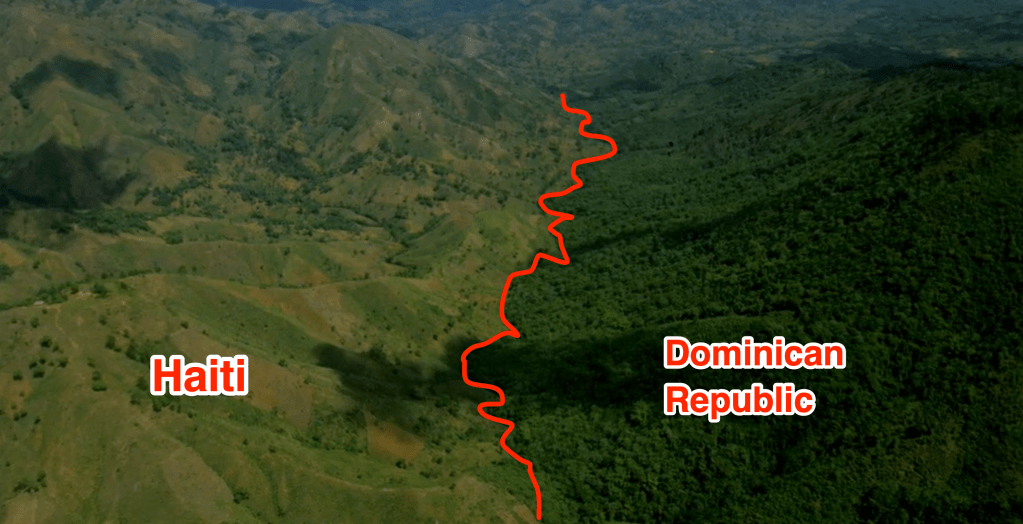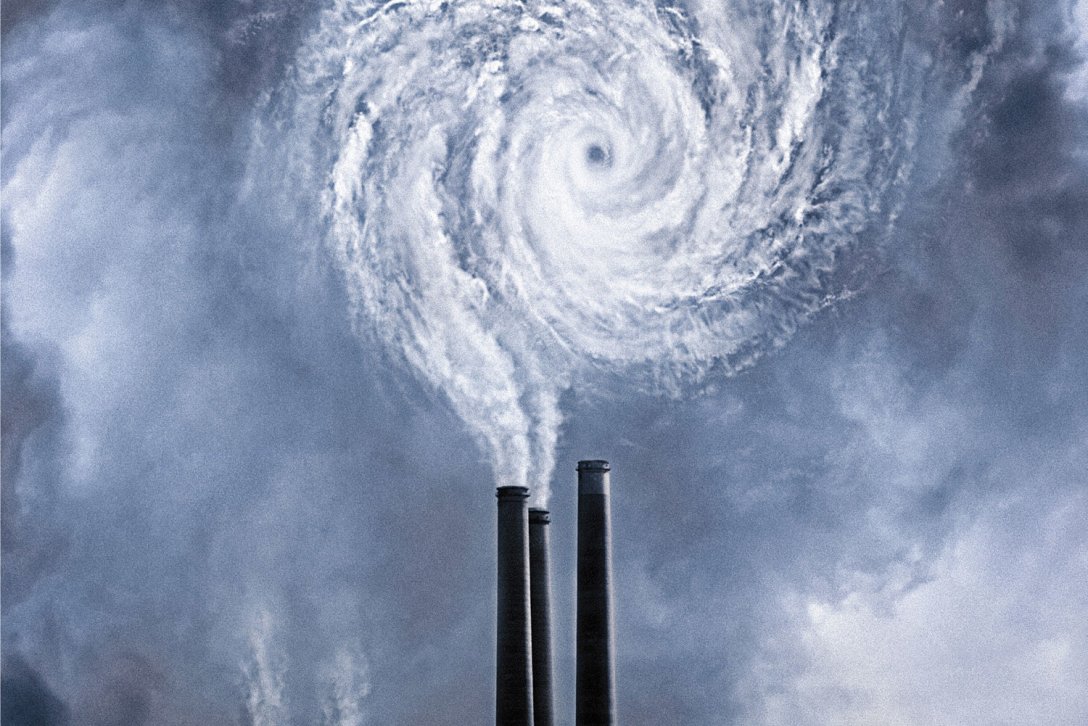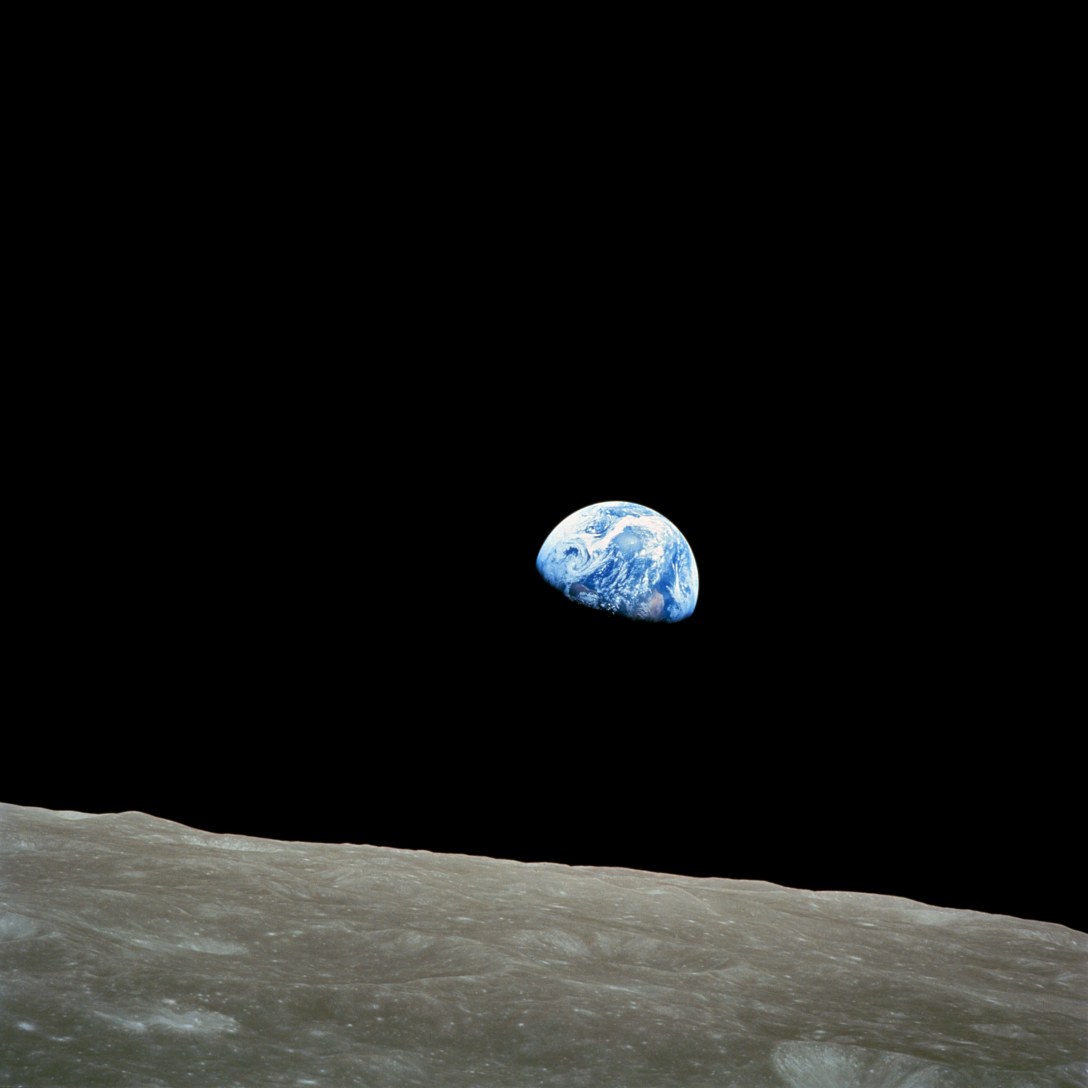As mentioned in my previous post, Al Gore’s An Inconvenient Truth was a “sit up and listen” moment for not only myself, but for the global community. It took the viewer on a journey from a place of assumed ignorance, to conceptual understanding. A lot has changed in the 14 years since then, of course, but the core scientific insights remain. I believe it’s the perfect place to start in building one’s climate change knowledge from the ground up.
In 1958, Roger Revelle proposed that we measure carbon dioxide concentrations in the Earth’s atmosphere. He was the first person to propose such an idea, and brought Charles Keeling aboard to work with him. They started out by sending up weather balloons in the middle of the Pacific Ocean, as it was a highly remote area and wouldn’t be affected by local CO₂ concentrations in populated areas.

The resulting graph, dubbed ‘The Keeling Curve’ (shown above) is where everything seemed to start. Measuring concentrations year on year gave us hard data that CO₂ levels were steadily increasing, and allowed us to draw a line forwards to see where we’re headed without a concerted change. It also gave us the wonderful ‘sawtooth’ effect, which is a graphical representation of the Earth ‘breathing’ in and out, once per year. This is due to the seasonal changes in northern hemisphere forests. In Autumn, the trees lose their leaves and release CO₂ into the atmosphere – while in Spring, they regain their leaves and absorb CO₂. I was enthralled when I first saw this graph, it really shows the Earth as a living, breathing organism – Gaia, as James Lovelock would say¹.
Taking a step back from this, in the spirit of building knowledge from the ground up – it would be worthwhile to include the basic idea of how global warming occurs, as I understand it currently. The atmosphere surrounding the Earth is made up of mainly nitrogen (78%), oxygen (20.9%) and argon (0.9%). The remaining 0.2% of atmosphere is made up of ‘trace gases’, such as carbon dioxide, methane, helium, hydrogen, etc. Carbon dioxide, methane and water vapour are what we refer to as ‘greenhouse gases’, and even though they’re relatively uncommon in the atmosphere, they have a huge role to play in the Earth’s temperature regulation.
For most of human history, the average global temperature has been about 14 degrees celsius, and this has been held constant by a constant concentration of greenhouse gases. In recent times however, as carbon emissions have increased, it has in effect made the atmosphere “thicker” and resulted in the trapping of sunlight that would have usually been reflected back out into space. As our blanket of greenhouse gases gets thicker and thicker, more sunlight (and hence more heat) is trapped by the Earth’s atmosphere, and global temperatures increase.

The iconic image above (sadly missing Mr. Gore on a scissor lift) serves as a visceral reminder of the unprecedented nature of our current CO₂ levels, let alone what future CO₂ levels could be. In 2008, after An Inconvenient Truth was released, an ice core drilled at EPICA Dome C in Antarctica was analysed by Lüthi et al and increased this timeline of carbon concentrations all the way back to 800,000 years before the present day.² Throughout this time period, the ten hottest years on record have all been recorded within the past 15 years.
Not only does climate change cause more drought, but paradoxically is also causes more floods. Precipitation levels increase and are relocated, so that wet areas will often become wetter and dry areas can become dryer.
I liked the way Mr. Gore described the Arctic and Antarctica as two “canaries in a coal mine”. I had to do a quick Google to find the origin of this term (apparently canaries would drop dead from high levels of methane or carbon monoxide, before it reached a level that’s harmful to humans), but essentially the ‘canary’ is a leading indicator of a certain problem.
In this case, the poles are ‘canaries’ because they experience the effects of global warming earlier, and more severely, than the rest of the Earth. The thickness of the Arctic ice cap, for example, has reduced by 40% in the past 40 years.
The poles currently act as giant mirrors that reflect a large amount of sunlight (about 90% of the rays they come into contact with) back into space. Water, on the other hand, absorbs a little over 90% of the sunlight it comes into contact with. So as the ice caps melt, they turn to water which absorbs sunlight, and accelerates the melting of the surrounding ice – creating a ‘runaway effect’. This means that as time goes on, the rate of melting in the poles will increase exponentially.

The Ward Hunt Ice Shelf in the Arctic was mentioned in An Inconvenient Truth – it had cracked in half in 2002 (as shown above). Since then, a further 8km² calved (broke) off in 2008, and then another 50km² in 2010. Along these same ‘canary in the coal mine’ lines, Mr. Gore mentioned that an average global temperature increase of 2.8 degrees celsius, would in fact result in only a 0.55 degree increase at the equator, but would cause a 6.67 degree increase at the poles.
One of the most astonishing points made in the film, was the effect climate change would have on the ‘Global Ocean Conveyor’, i.e. the Earth’s ocean currents. As the Arctic ice cap and Greenland melt, the northern Atlantic waters become fresher, and therefore less heavy (as there’s a lower concentration of salt). This would slow down and eventually stop the ‘Global Ocean Conveyor’ (shown in the below image). The counterintuitive part is that this would result in a significant cooling of Europe (estimates range between 5-10 degrees celsius), as the warm equatorial waters would no longer be brought north by the ocean’s currents and blown across Western Europe by the prevailing winds.

Related to the discussion of the ice caps melting, is the distinction between sea-based and land-based ice. The distinction is the same as having an ice cube in a glass of water, or a stack of ice cubes that protrude above the top of the glass. The ice that protrudes above the glass (i.e. land-based ice), adds volume to the water when it melts and results in the glass overflowing (or the sea rising).
Mr. Gore stated that if either the west Antarctic ice sheet or Greenland were to melt completely, they would raise global sea levels by 6 metres, each. This would cause massive disruption to the hundreds of millions of people who live in low-lying areas such as Shanghai, San Francisco and Kolkata.
All of these climatic changes have other, less obvious effects. A large number of such effects were listed in the film, including:
- Increasing mosquito problem in cities such as Nairobi and Harare – due to it becoming warmer at higher altitudes
- Migratory birds in the Netherlands – new caterpillars and hatching of chicks used to occur at the same time. But the warming climate has caused the caterpillars to hatch earlier, which means the chicks miss out on life-sustaining food
- Decreasing frosts in southern Switzerland, resulting in invasive exotic species coming in to fill the void
- Pine beetles in the USA used to be killed by the frosts, but they are now destroying millions of acres of trees due decreasing frequency of frosts
- Coral bleaching
- Species loss is now occurring at a rate 1000x faster than the natural background rate
A particularly relevant knock-on effect (based on what the world is going through at the moment) is the increase of infectious disease transmission. Habitat loss is bringing animals into greater contact with each other (and with humans), which means there are increased odds of viruses, such as COVID-19, becoming enormous problems for the global community.
One reason for the increased habitat loss, is the rapidly increasing global population. In 1945, the global population was 2.3 billion, right now it sits at 7.8 billion and by the end of this century it is predicted to reach 11.2 billion. This means massively increasing pressure on food, water and natural resource supplies. Mr. Gore is convinced that habitat loss is largely a policy problem, and gave the example of the Haiti, Dominican Republic border (shown below with a few of my own scribbles). Habitat loss not only has an impact on flora and fauna, it is also a leading cause of global CO₂ emissions – about 30% of annual emissions are due to the burning of forests.

Unsurprisingly, it is the world’s two largest economies (USA and China), that have the highest overall CO₂ emissions. However, on a per capita basis Australia is actually ahead of the US with 16.9 tonnes per capita, vs 16.24 tonnes per capita.³ There is often an argument in Australia of “why should we do anything, we account for 1.3% of global emissions, even if we change it’s not going to do much anyway.”
The per capita problem is one clear rebuttal to that question, and in fact if we included all of our coal exports into the calculations – we would actually account for 4% of global emissions, making us the 6th largest contributor to climate change. But the bigger reason, in my opinion, relates to our role as a global leader as one of the world’s top 20 economies. Why should we expect less developed nations such as China and India to do anything about it, when we’re in a much better position to do so, and still aren’t doing anything?
An Inconvenient Truth starts to wrap things up with an animation of a frog in a pot of boiling water. The point made here is that sometimes we need a sudden jolt to spur us into action, as we’ve seen recently with the coronavirus crisis. If there is only a gradual change, we will most likely sit there, not responding (like the frog), and only realise the trouble we’re in after it’s already too late.
Stephen Pacala & Robert Socolow said in 2004:
“Humanity already possesses the fundamental scientific, technical, and industrial know-how to solve the carbon and climate problems.”⁴
This has been repeated throughout the past 14 years by politicians from all around the world, and change is occurring on many different levels. A recent report from the Australian Energy Market Operator has said that we have the “technical capacity to safely run a power grid in which 75% of the electricity comes from wind and solar”, and that point could be reached within the next 5 years “if we get the regulations right.”⁵
This brings us back to the comment Mr. Gore made at the final climax of An Inconvenient Truth:
“We have everything we need, except political will. But…political will is a renewable resource.”
References
- Lovelock, J. and Lovelock, J.E., 2000. Gaia: A new look at life on earth. Oxford Paperbacks.
- Jouzel, J., Masson-Delmotte, V., Cattani, O., Dreyfus, G., Falourd, S., Hoffmann, G., Minster, B., Nouet, J., Barnola, J.M., Chappellaz, J. and Fischer, H., 2007. Orbital and millennial Antarctic climate variability over the past 800,000 years. science, 317(5839), pp.793-796.
- Ritchie, H. and Roser, M., 2020. CO₂ And Greenhouse Gas Emissions. [online] Our World in Data. Available at: <https://ourworldindata.org/co2-and-other-greenhouse-gas-emissions> [Accessed 4 May 2020].
- Pacala, S. and Socolow, R., 2004. Stabilization wedges: solving the climate problem for the next 50 years with current technologies. science, 305(5686), pp.968-972.
- 2020. Renewable Integration Study: Stage 1 Report. 1st ed. [PDF] Melbourne: Australian Energy Market Operator, p.13. Available at: <https://aemo.com.au/-/media/files/major-publications/ris/2020/renewable-integration-study-stage-1.pdf?la=en> [Accessed 4 May 2020].

